I. Introduction
In the current competitive market the Knowledge Workers and people are always demanding for better and better ways to communicate and collaborate. Microsoft and may other innovative companies have come up with various tools and products for collaboration. These products are going to replace the current working style and working environments for the Knowledge Workers. This document would be providing a brief introduction about the role which Share Point Portal Server is going to play in coming future.
II. E-mail the Killer App
Electronic Mail was the first and may be the only REAL killer application of the Internet. E-mail revolutionized the way we communicate and interact, the way we work together, exchange information and keep in touch. E-mail entered quickly in almost all areas of professional and private life and fundamentally changed the basic rules of the global village. E-mail communication works like the 'good old' letter or newspaper, and that is one of the reasons why it spread so quickly.
Following are the some of the many problems identified by this traditional system of collaboration and communication.
- How do you Share Knowledge, Communicate with your Team Members and Supervisors and Sub-Ordinates who are working at physically different locations?
Well the answer is very simple-E-mail.
- Do you find any difficulties in communication and knowledge sharing by using the medium of E-mail?
Well the E-mail medium is so natural to me that I am not able to think any disadvantages in that.
- How do you Co-Create and Collaborate with your Team Members and Supervisors and Sub-Ordinates?
Well do we really do a Collaboration and Co-Creation? I am not sure.
- How many E-mails do you get from your Network Administrator, about your mailbox is over its size limit?
Well I am not getting those messages because I am using my Outlook Express and I am always downloading my E-mails on my local machine. But earlier I used to get daily 3 to 4 messages and I always used to clean up my mail box before sending any mails. And in that process I have lost a couple of very important mails, and still I am paying for it.
- Though I am using Outlook Express I have to always play around with the size of the attachments.
- And Fortunately or un-Fortunately, If I go On-Site then I have to always carry my Laptop with me just for mails and Documents and getting back the work which can not be transfer via mails .
- How many spam mails do you get everyday
Many, Many and Many.
I have to always work with my E-mail filters in order to avoid Spam mails coming to my machine. In this process also I have lost a lot of important mails. I have to think 100 times before downloading any E-mail on to my outlook. (I have already formatted my machine 3 times because I had viruses coming in through my e-mails.).
- Now you have realized some of the problems with E-mail could you tell me some of the more problems
- Once I was questioned by my Supervisor as he was not updated with one of the Issue in our project. Do you know why? - My supervisor was not marked CC for the mails which were exchanged between me and the client in context of that problem.
- There was a part of the discussion which was not supposed to go to client unfortunately went to the client because of the mail was marked to client also.
- I have to always scroll down the chain of mail for understanding the complete picture of the situation.
- Some times I get fed up with creating folders in my mail box and dropping the mails in to correct folders.
- I am using out look express and always downloading my mails on to my local machine. So I have to always make sure that my mails have been backed up properly on a regular basis.
We can have many more such Questions and Answers.
What is the base problem in all of the Q And A which is listed above?
Answer is simple. Why are we using E-Mails?
Electronic Mail was the first and maybe the only REAL killer application of the Internet. E-mail revolutionized the way we communicate and interact, the way we work together, exchange information and keep in touch. E-mail entered quickly in almost all areas of professional and private life and fundamentally changed the basic rules of the global village. E-mail communication works like the 'good old' letter or newspaper, and that is one of the reasons why it spread so quickly.
The basic concepts in which the E-mail works is
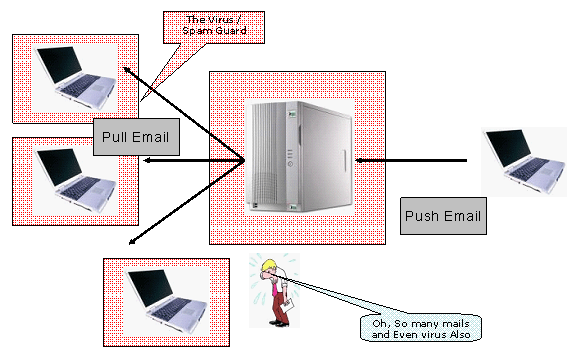
Figure 1:- Functional Architecture of E-mail
The Solution
So wouldn't it be nice that instead of Pull and Push of the Information - if the contributes pushed information at a central and the associated persons are getting it any time any where.
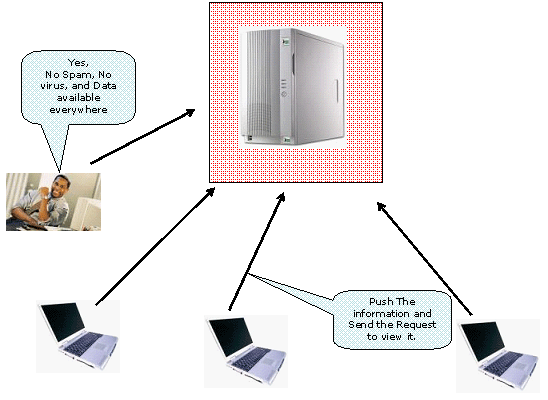
Figure 2:- Alternative solution to E-mail
Microsoft has answer for the above concept "Share Point Server".
III. What is Share Point Portal Server 2003?
SharePoint Portal Server 2003 integrates information from various systems into one secure solution through single sign-on and enterprise application integration capabilities. It provides flexible deployment and management tools, and facilitates end-to-end collaboration through data aggregation, organization, and searching. SharePoint Portal Server 2003 also enables users to quickly find relevant information through customization and personalization of portal content and layout as well as through audience targeting. Audience targeting aims information and updates to individuals based on their organizational role, team membership, interest, security group, or any other membership criteria that can be defined using notifications or Web Parts.
IV. Uses and Features of SPS 2003
Following are few of the drops from the ocean of uses of SPS 2003.
- Areas and SubAreas give us the possibility of creating context driven Work spaces. It helps putting the information at the right place where it belongs to. (Don't you create Folders in to your mail box and then Drag and Drop the mails at the right folder.)
- The View of the Sub Areas can be customized by assigning the Template to them.
- Get Rid of VSS (Check in Check Out of the Documents is Possible in SPS).
You can get all the elements required to have an idle Discussion Forum, Community Forum. (You can get even alerts for the new postings and you can subscribe for the users also.)
- A powerful Search is available which can search even within the Uploaded Documents.
- You can make sure that relevant information is accessible to relevant person by managing security and access levels in SPS at various levels.
- Since no local download of data - no spam on your local computer, virus checking only on the SPS server.
- Back up and Recovery: - SPS 2003 is well equipped with back up and Recovery features. Since SPS 2003 is using SQL Database as the place for Data Store - it is enriched by sophisticated tool and Techniques of taking back up and recovery
- Security: - Group based and User based Security model of SPS 2003 enriches SPS 2003 in designing Security of the Portals. Access of different level can be configured in a page level to a single user or a Group.
- Scalable and Distributed Architecture: - SPS 2003 supports more growth options and a distributed architecture by providing support for flexible deployment and configuration of Server components in a Server Farm or a Single Server.
V. Existing Integration with Other MS Technologies
Following are the gist explaining about SPS 2003 is already integrated with majority of the Microsoft extensively used technologies.
- My Inbox and My Mail Folder WebParts provide integration point with Microsoft Exchange Server 2003.
- Users can synchronize their personal Outlook 2003 calendar and contact list with contacts and calendars stored on a SharePoint site.
- Tight Integration with Office 2003 for Creating Document Workspace and Data Islands.
- Integration with FrontPage 2003 to modify and customize SharePoint sites. With FrontPage 2003, users can manage List Views, edit pages, add Web Parts to pages and create templates for SharePoint sites. And reporting capabilities of FrontPage 2003 can be used for tracking and reporting site page data and usage statistics.
- Integration with InfoPath 2003. InfoPath 2003 is a new Office program that can be used to create rich XML-aware forms for gathering and sharing information, and InfoPath solutions can be published to SharePoint Document Libraries. In addition, users can use SharePoint Business Document Libraries to launch InfoPath and automatically aggregate data from a group of similar InfoPath documents stored in SharePoint.
- Integration with Active Directory: - SPS 2003 uses Active Directory searches (or "crawls") to capture user profiles. And this helps in subscribing for Content, as Well As Users. (Social Software's are always looking for matching people with same interests.) And the same time SPS 2003 can be used as a central tool for managing user profiles and to log on to the systems from SPS it self which are based on user profile.
VI. WebParts - A new Era of Web Programming.
Web parts are the components which can be created using .Net Framework and deployed on SPS. The WebParts are plug and Play kind of components so that user can place them wherever he wants. The WebPart exposes a complete new area of programming.
Following are the few of the examples which will enrich the current behavior of SPS.
- What is New: - Whenever the user has logged in to the portal he may be interested in seeing what is new in all of the Areas of the portal where he is having access to. And this is very much possible to get because of rich .Net class libraries available for SPS. You can very well talk to all of the areas and get the new content generated and display them.
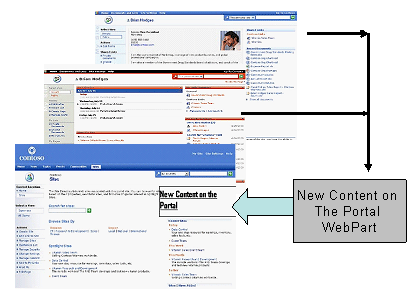
Figure 3:- What is New WebPart
- Latest on All the Portals: - SPS has also exposed rich variety of WebServices. And by using those WebServices you can very well connect to any of the Portal where you are having access to and get the content from there and display at a single place. So imagine a situation that you are part of Marketing Team and Production Team which are having different SPS portals, just one login will give you updates on both of the portals.
- Data Abstraction: - Because of .Net framework you can connect to any of the legacy data systems which you are having and get an abstract of data and display it in to your portal. Just one login you will be updated with the sales figure also and no need to connect to your SFA system.
- Auto Archival WebPart: - With the help of rich .Net class libraries available for SPS we can always get access to the Document Library and eventually documents uploaded in the document library and find out their access history. This would help in generating an Auto Archival Tool WebPart which can be used to remove the Content from SPS portal which are not access for a long duration. (Isn't it always better to keep your knowledge repository clean and only with the content which is used.)
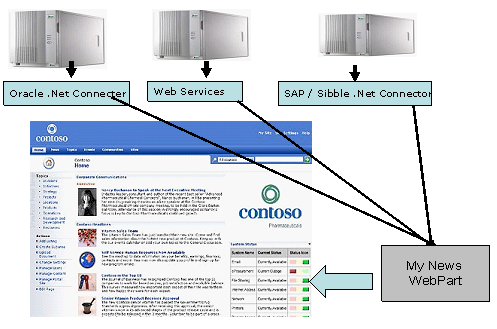
Figure 4:- Data Abstraction Web Part
- My NewsPaper: - Since WebParts are enriched by .Net framework and SPS is self is enriched by Http we can always extract information from other resources, a simple example would be creating your own News Paper by getting the News from news feeder sites and displaying them on to your Portal any time any where.
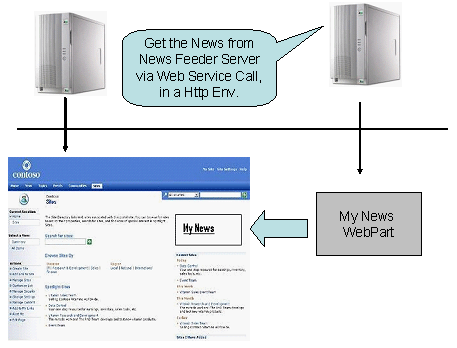
Figure 5:- Newspaper Web Part
VII. SPS in a Corporate
Looking at all of the above points and discussion we can arrive at a cockpit level view of the architecture diagram of Content Management System integrated with Business Systems which are already playing an important role in your corporate.
- The diagram shows that we have Integration with Active Directory. This would help in getting existing profiles for all of the Users and use them in SPS. The users would be able to update their profiles via SPS and this would also help in searching for the people.
- You may be having any of the traditional / upcoming systems used for your business development such as SAP, Sibble or ERP systems. Microsoft.Net is having API for most of these systems. With the help of WebParts you can always extract data from these systems and present it as a abstract on SPS.
- SPS 2003 is well integrated with Exchange 2003 for accessing mails in SPS, creating meetings.
- The WebParts would play an important bride between the SPS world and the external world. You can always access Web Services, already developed Business components via WebPart. These WebParts would be acting as a "Plug And Play" components in to your system.
- Smart Search: - SPS is capable of performing search within most of the document types uploaded to it. (All MS office, PDF, Text files) and also it is capable of performing a search in the external World. This would help in developing a Service which would make a rich knowledge store for the important Terms and Keywords in your Corporate by searching content within the Corporate across all of the SPS as Well as performing a External search.
- There is always a possibility of connecting multiple SPS installed in your Corporate and group data and show the abstract of the data as per the requirements.
- SPS can also be exposed to Internet for your customers and Partners for collaborate and communicate.
- Also WebServices can be exposed from your SPS for your customers and Partners for Collaborate and consume data.
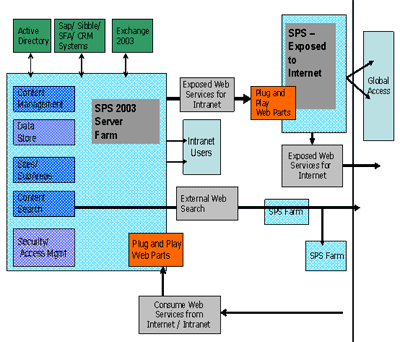
Figure 6:- Architecture for - Role of SPS in a Corporate